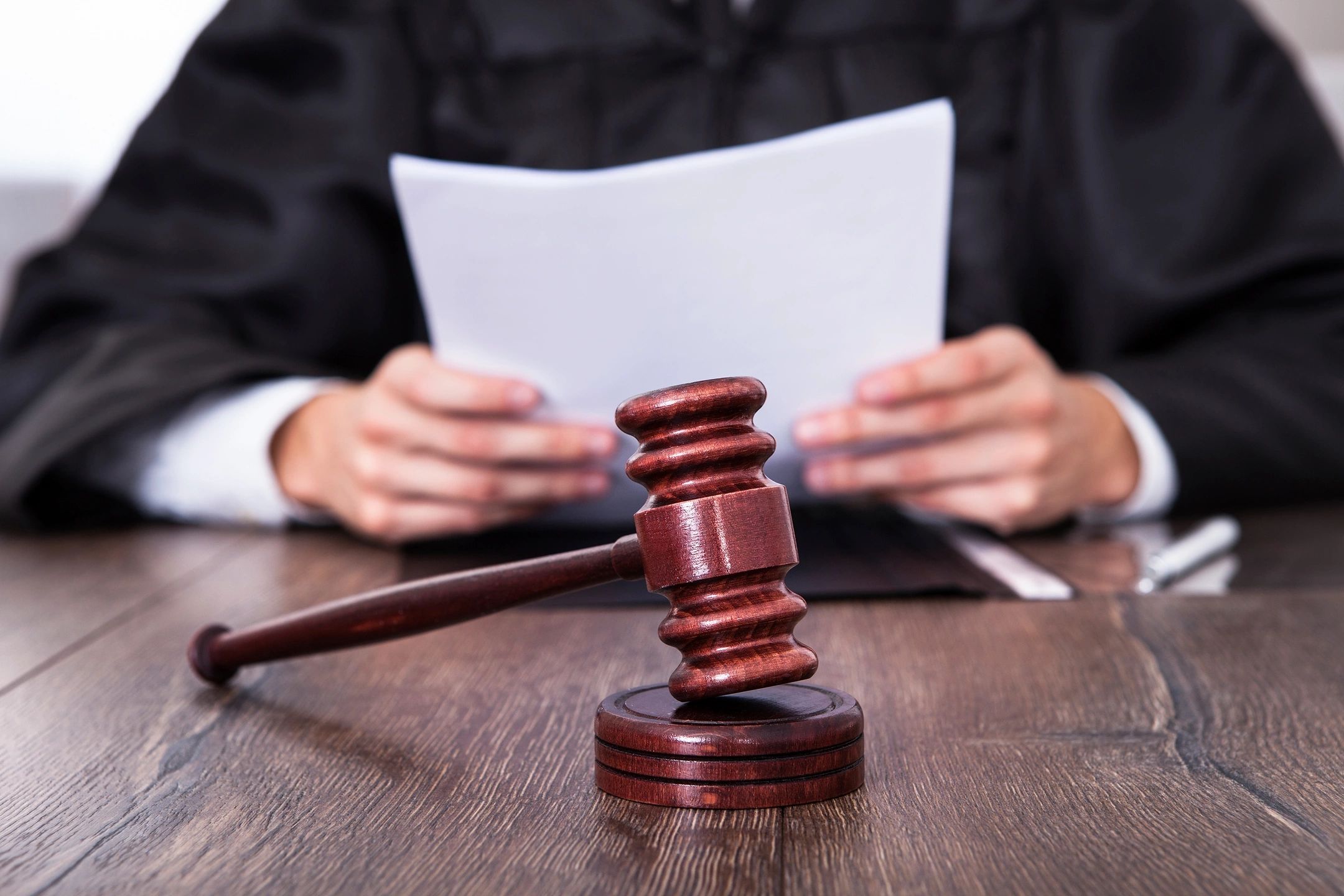We have received a lot of questions regarding the federal plans to aid homeowners facing the threat of foreclosure. The federal programs, called the Making Home Affordable Programs, are also nicknamed the “Obama Plans.” There is a plan for Home Refinancing and another for Home Loan Modification. Here are some facts to assist borrowers to make sense of the two programs.
Home Affordable Refinance Program (“HARP”)
- Fannie Mae and Freddie Mac loans only
- A borrower must be current in mortgage payments (not over 30 days delinquent)
- The amount owed on 1st lien mortgage does not exceed 125% of current market value of the residential property
- The borrower must have a reasonable ability to pay the new mortgage payments; and
- The refinance improves the long-term affordability or stability of the home loan.
FAQs:
Q: My house is worth less than I owe. Do I qualify?
A: As long as the amount due on the first lien mortgage is less than 125% of the value of the property, borrowers may be eligible for HARP.
Q: What about my second mortgage?
A: The second mortgage holder must agree to remain in a junior lien position, and the borrower must be able to pay the modified payments on the first mortgage.
Q: Will refinancing lower my payments?
A: Possibly. The goal is to “improve the long-term affordability or stability of the loan.”
- This may be accomplished by lowering an interest rate and reducing monthly payments.
- It may be accompanied by refinancing a borrower out of an Adjustable Rate Mortgage (“ARM”) or a balloon payment. This may increase monthly payments in the short-term to avoid huge payments later. This meets the goal of the program even though it would not result in a lower monthly payment at first.
Q: Will refinancing lower my principal amount?
A: No.
Q: Can I get cash out of the refinance to pay other debts?
A: Not really. The program allows a modest amount of cash up to $250 only.
Home Affordable Modification Program (“HAMP”)
This program is designed to encourage and motivate lenders to work with borrowers to modify their mortgage loans.
Eligibility for HAMP:
- A borrower must own a one to four unit home;
- Have an unpaid balance that is equal to or less than:
- 1 unit: $729,750
- 2 units: $934,200
- 3 units: $1,129,250
- 4 units: $1,403,400
- The first lien mortgage must have originated on or before January 1, 2009;
- The monthly mortgage payment must be greater than 31% of the borrower’s monthly gross (pre-tax) income, (the monthly mortgage payment includes taxes, insurance and home owner’s association dues), and
- There must be a financial hardship that can be documented that makes the borrower unable to pay the mortgage.
FAQs:
Q: Do I have to have missed a payment?
A: No. This program applies to borrowers who have missed a payment and those who have not, if the borrower is at risk of imminent default.
Q: What qualifies for a risk of imminent default?
A: If a borrower faces a significant increase in the mortgage payment that they cannot afford, even with a steady income, they may be eligible.
Q: What qualifies as a hardship?
A: Each case is different. Circumstances of hardship may include a reduction of pay, loss of a job, having to care for a sick or injured relative, unexpected expenses like medical bills, inability to work for an extended period of time, and other “changed circumstances.”
Q: Does this work on my investment properties that I rent out?
A: No. The program only covers the primary residence of the borrower.
Q: Is the government subsidizing my modification?
A: Yes. The Treasury Department is providing incentive payments to borrowers who make their monthly modified payments on time. The incentive payments are applied directly to the loan balance. These payments could lower the principal balance up to $5,000.
Q: The house across the street sold for 50% of mine. Can I make a lender reduce my principal down to the current value of my house?
A: No. A lender may reduce principal but is not required to. It is more likely that a lender will lower interest rates and extend the term of the loan.
Other Programs
Q: Are there other programs? How do I learn about them?
A: Many lenders have their own programs for borrowers. You have to approach your bank to find specifics, and the programs are changed or modified often.
Q: I don’t qualify for anything you’ve talked about. Are there other things I can do?
A: Yes. If you enter into a forbearance agreement with your lender, you will be allowed to skip payments for a certain amount of time but will have to pay extra later on to make up the missed payments. A “short sale” is an agreement with your lender to sell the house for less than you owe on it. And a deed-in-lieu of foreclosure is an agreement to basically give the house back to the lender. Unfortunately, the latter two techniques will require a borrower to move out of the house to a more affordable residence.
– Carlos L. McDade, Esq.


